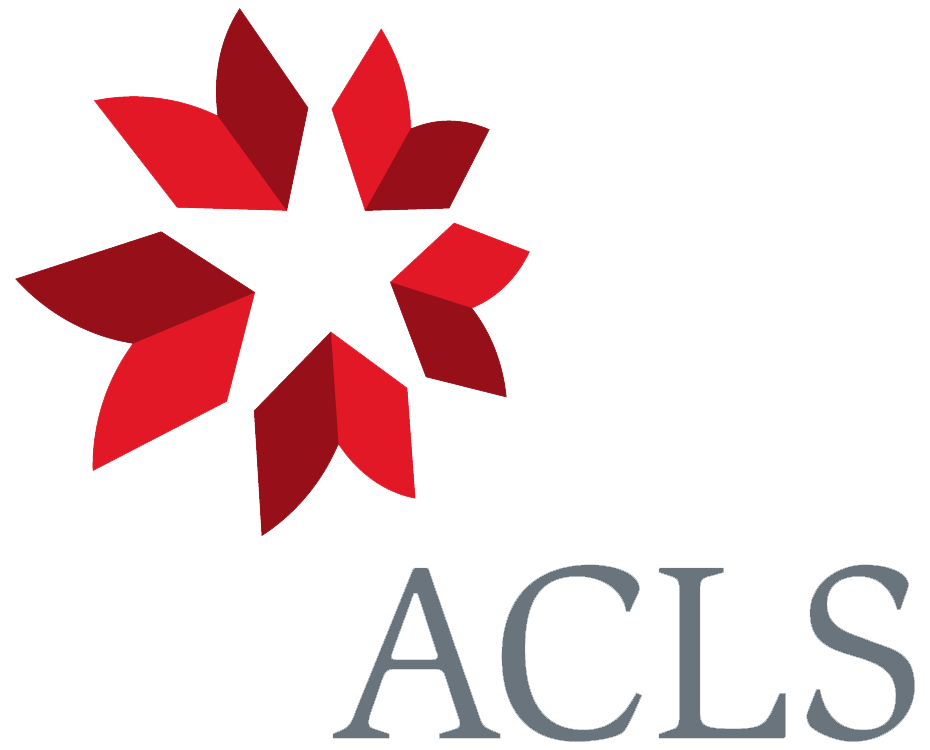From W. H. Dallinger 10 January 1876
Fairholme Road | Great Crosby. Liverpool
Jany. 10. 1876
Chas. Darwin Esq
Dear Sir
My name may not be wholly unknown to you in connexion with microscopical work; and therefore although a stranger I venture to write.
I have been spending some of my leisure lately in working over your remarkable facts in relation to Drosera. The more salient points I have certainly confirmed in a remarkable manner. But I am specially concerned with very high power investigations, and may probably in the course of the next spring with the aid of the Liverpool Botanic Gardens be able to throw some further light upon the mechanism of digestion.1 I think I have indications that with plenty of specimens in a vigorous condition, at command will lead to something further. In this however I may be mistaken. What I now write for is to get—if you will give—your opinion as to Utricularia vulgaris. I accept absolutely your facts about the function of the bladders as insect-traps for the nutrition of the plant: but do you consider that the other asserted function of the bladers—viz that of enabling the plant to become specifically lighter for the purposes of fecundation, and heavier when that act is accomplished is no longer a fact?2 I ask because I have been a very close observer of its habits and am strongly convinced this is the case. Of course the two functions may exist together: but will you give me your opinion?
I am sincerely yours | W. H. Dallinger
Footnotes
Bibliography
Insectivorous plants. By Charles Darwin. London: John Murray. 1875.
Shipley, A. E. 1910. William Henry Dallinger, 1842–1909. Transactions of the American Microscopical Society 29: 183–6.
Summary
Has confirmed CD’s observations on Drosera.
Asks whether CD agrees that it is "no longer a fact" that the bladders of Utricularia vulgaris enable the plant to become lighter for fecundation and heavier when that act is accomplished. Plans to undertake further observations, under very high-powered microscopes, of mechanism of digestion.
Letter details
- Letter no.
- DCP-LETT-10352
- From
- William Henry Dallinger
- To
- Charles Robert Darwin
- Sent from
- Gt Crosby
- Source of text
- DAR 162: 33
- Physical description
- ALS 4pp
Please cite as
Darwin Correspondence Project, “Letter no. 10352,” accessed on
Also published in The Correspondence of Charles Darwin, vol. 24


